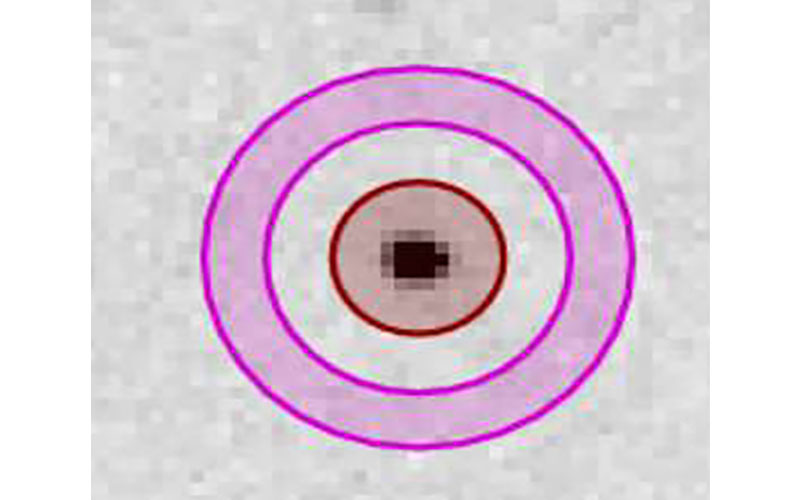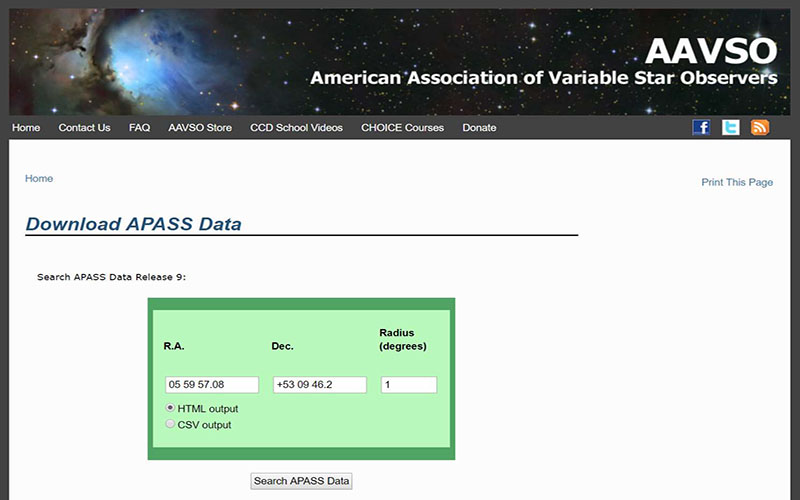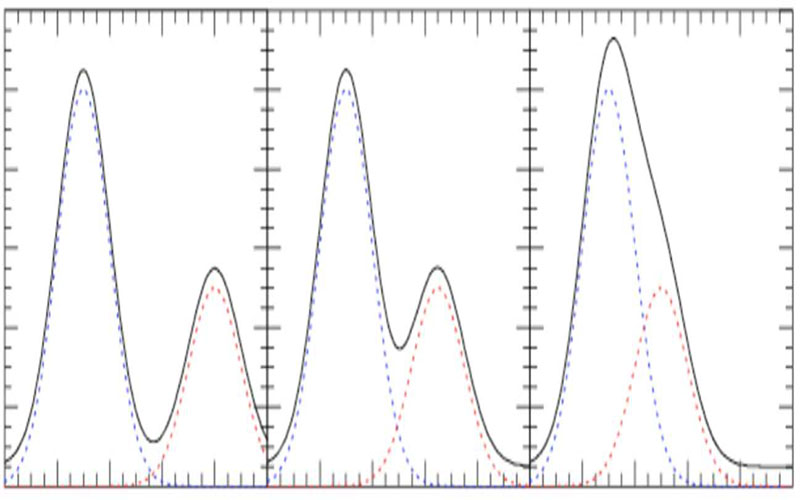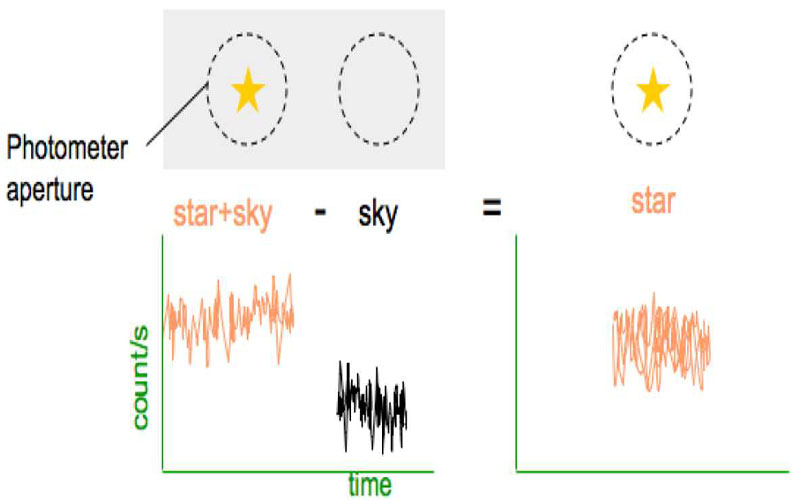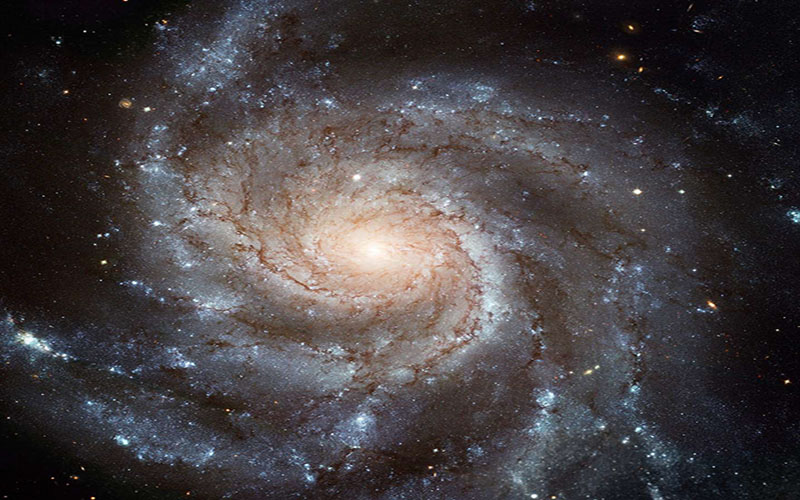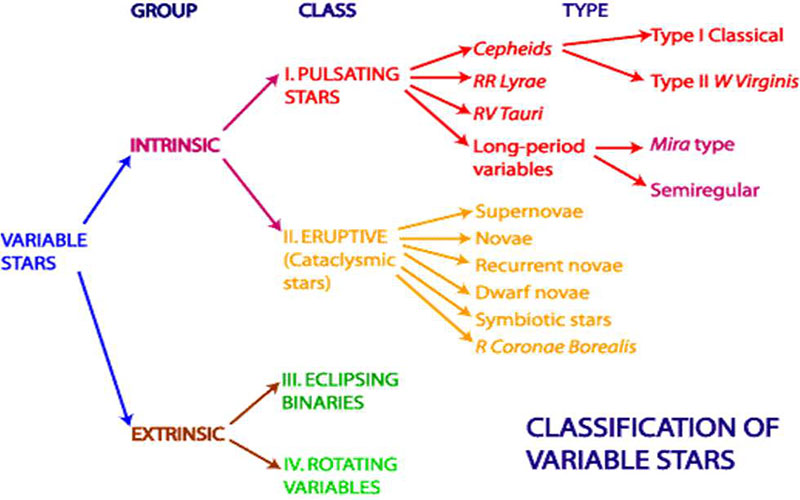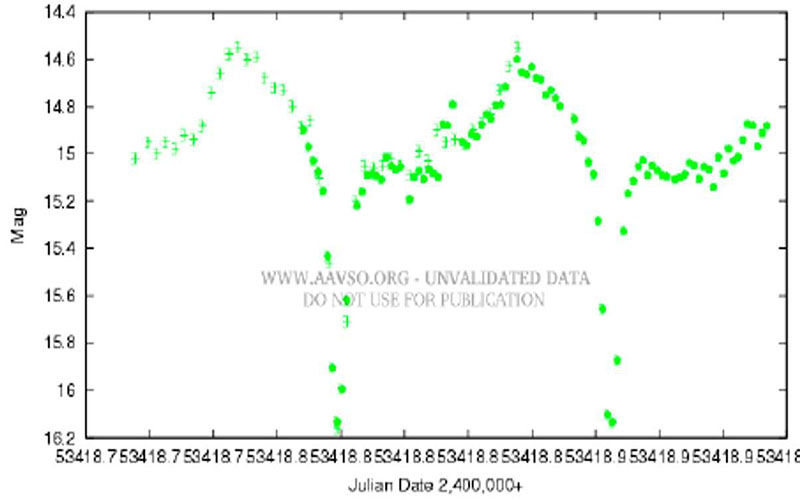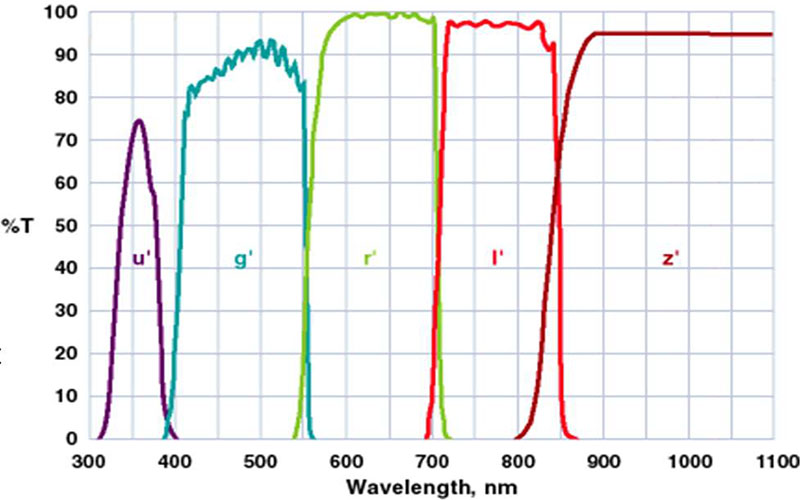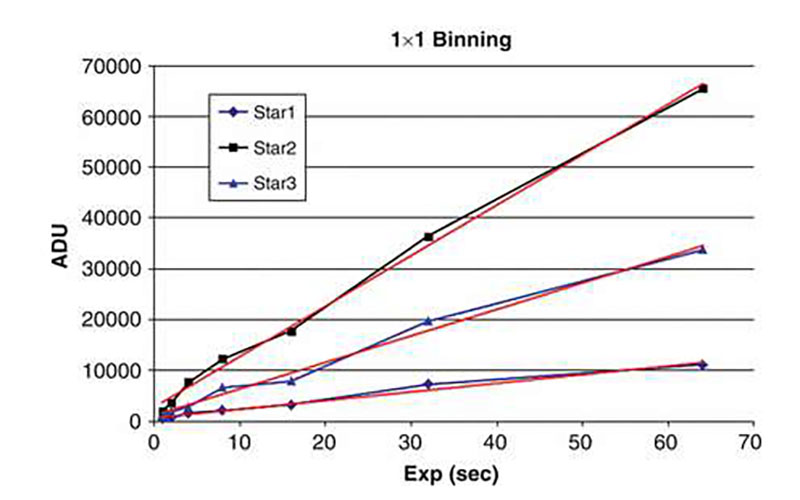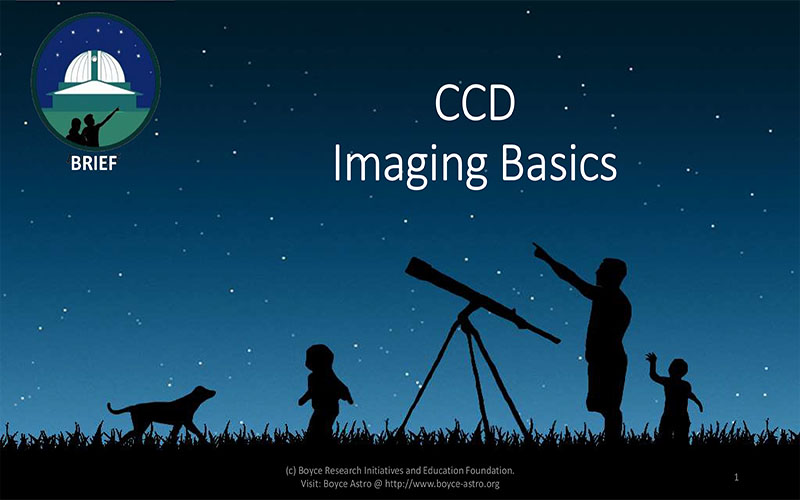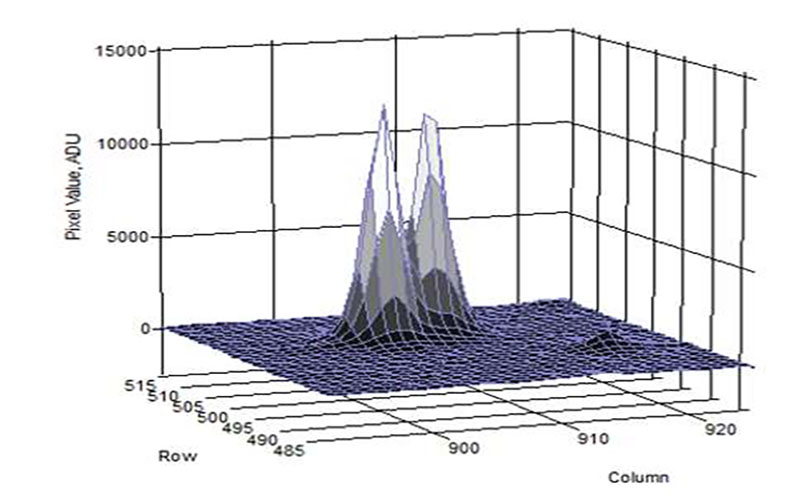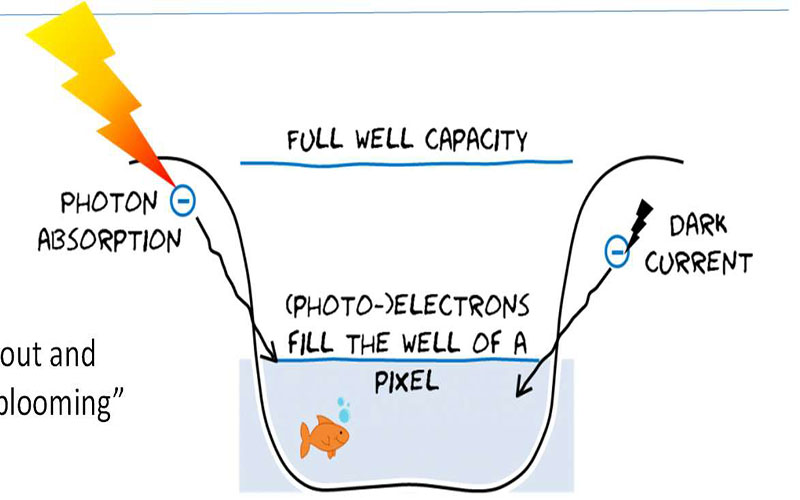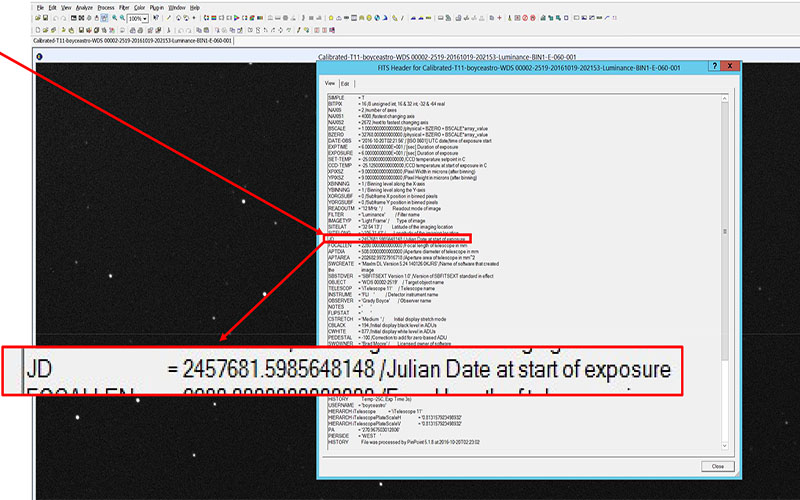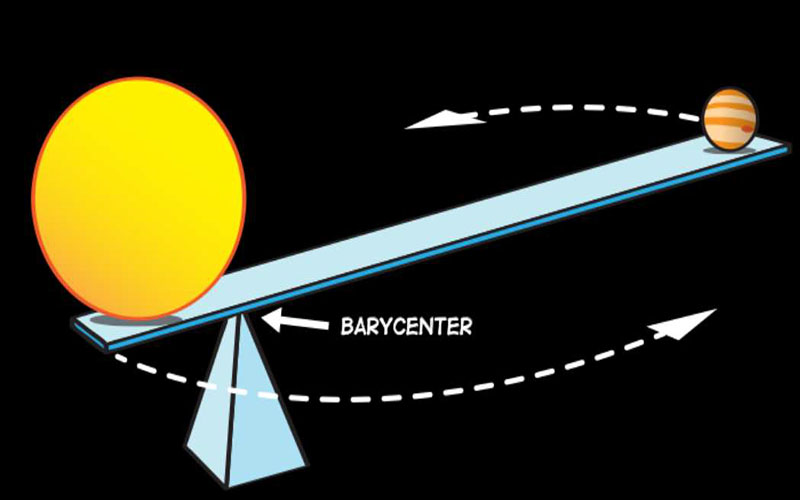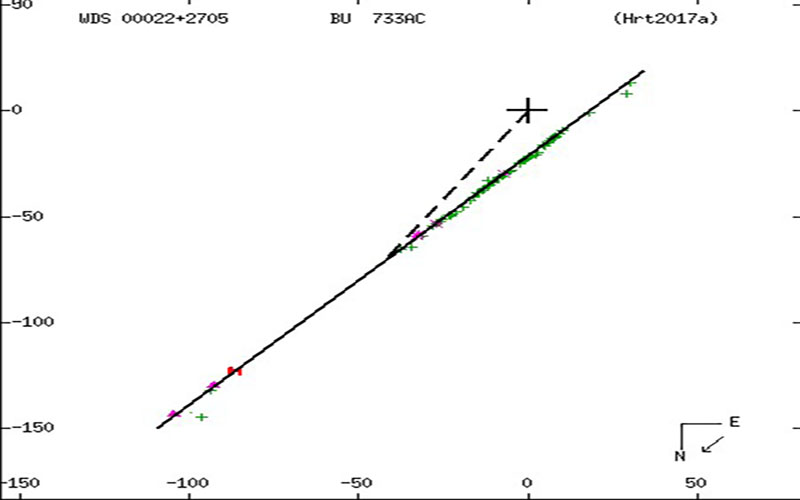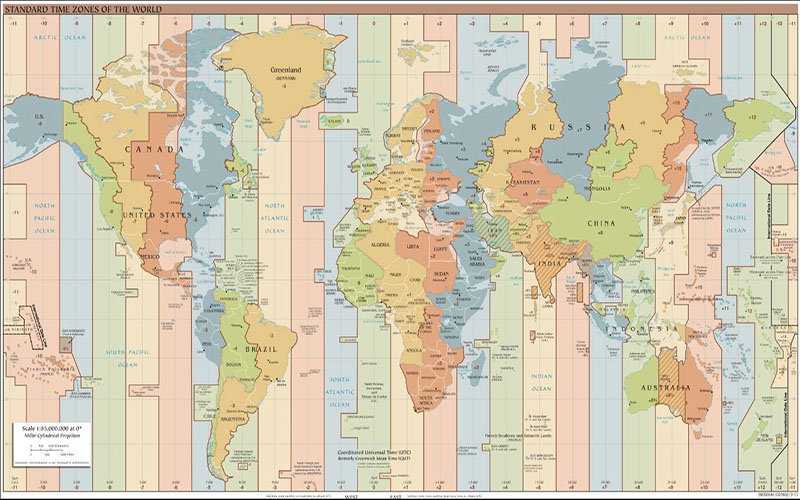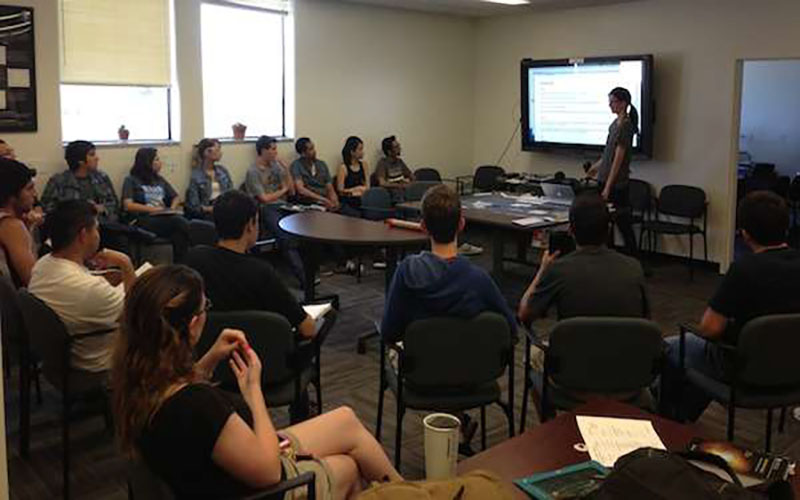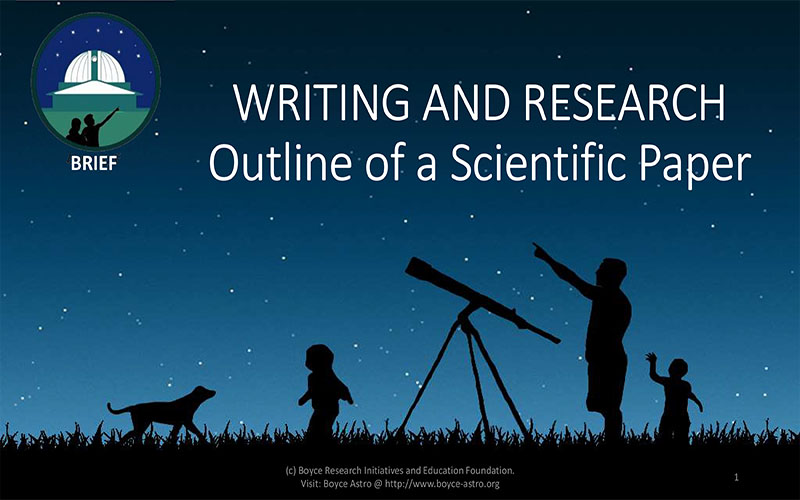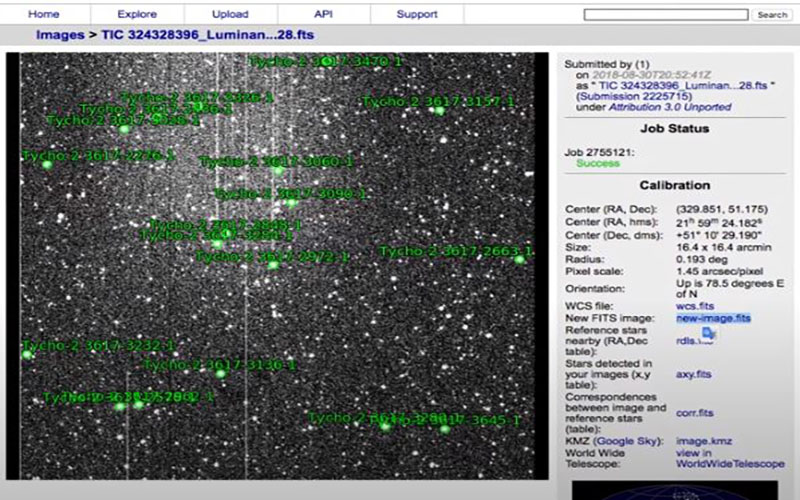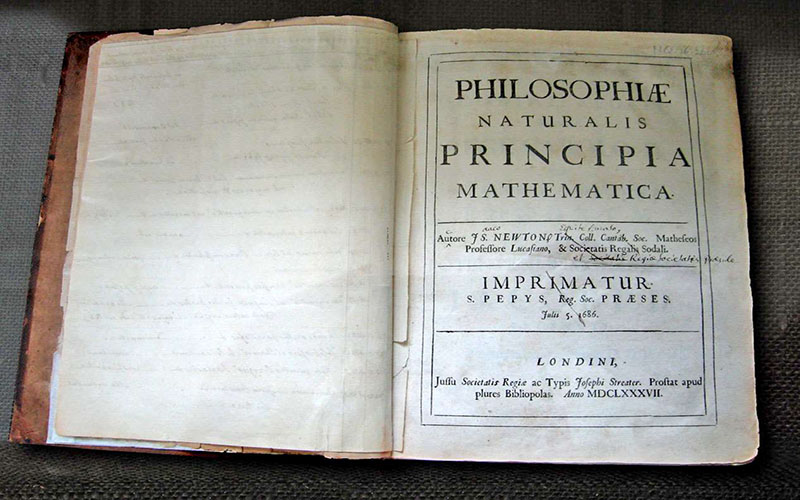Blog
Calculating Magnitude
This lesson explains how to utilize aperture photometry to calculate the magnitude of a given object.
APASS
The AAVSO Photometric All-Sky Survey (APASS) is a key all-sky survey that helps various research programs measure, adjust, and standardize their photometric systems.
Point Spread Function (PSF)
Point Spread Function (PSF) uses known optical behaviors of both stellar light and the imaging system to decrease the complexity of images and create visual separation between objects for more accurate study.
Aperture Photometry
Aperture Photometry, key to all studies in photometry, is one of the two most common methods of measuring the flux output of a star and is the most accurate when used with non-crowded images.
Photometry an Overview
The science of photometry is the measurement of the changes in flux of objects, and it's a crucial component of researching variable stars.
Group Extrinsic
The extrinsic classification refers to eclipsing, rotating, and microlensing variable stars, all of which have flux variations as a result of external stellar factors.
Variable Stars and Collaboration with the AAVSO
An international non-profit encompassing both amateur and professional astronomers, the American Association of Variable Star Observers (AAVSO) provides assistance with stellar activity monitoring, statistical analysis, and many more key components of astronomical research.
SLOAN ugriz Filters
One of the two standardized filter sets used for BRIEF projects, SLOAN ugriz is widely used due to its distinct, low-overlap response curves and generally flexible and efficient nature.
Linearity and Saturation
As inherent consequences of the design of CCD photon collection, pixel saturation and non-linearity are common challenges that must be carefully managed for effective scientific imaging.
Imaging Basics
This video serves as a best practices checklist for night sky imaging and outlines both the basic and more advanced methods involved with astronomical imaging.
Full Width Half Maximum
Used to determine the quality of your image, the Full Width Half Maximum (FWHM) process is used to determine the quality of images and is of particular importance in photometric and exoplanet research work. BRIEF primarily uses the OSS Pipeline to account for the FWHM process.
Camera Overview
Charged Coupled Devices (CCDs) are an integral part of astronomical imaging that utilize a matrix of electronically-measured photon counts to accurately represent an image.
Calculating Besselian Epoch
This lesson will show how to convert image dates to Besselian, which is the recognized standard for Double Star research.
What is Time: BJD
Barycentric Julian Day (BJD) time is the universal day and time at the center of the solar system and is crucial to many astronomically-relevant processes as well as other time scales.
What is an Ephemeris
A highly useful concept for applications in both Double and Variable Stars, an Ephemeris is an estimation of where/when a particular astronomical event will occur at a particular time in the future.
What is Time from an Astronomical Perspective
This video outlines some of the most commonly encountered time scales of the many used in Astronomy.
How to Give Good Talks Part II
This lesson covers the second phase of giving an excellent presentation: production. From constructing effective visuals to avoiding mathematics, this will cover all the ways a presentation can be enhanced by the slides behind it.
Outline of a Scientific Paper
This lesson provides a high level outline of what a scientific paper will look like and the highly specific format, content and conventions they are written with.
Locating Your Star in an Image Using Astrometry.net and DS9
This lesson shows how to identify a target star in a specific image using the WCS coordinates provided by either Astrometry.net or SAOImageDS9.
Newton’s Laws
Serving as the foundation for classical mechanics, Newton's laws of motion help mathematically describe countless processes that are crucial to astrometric projects.

